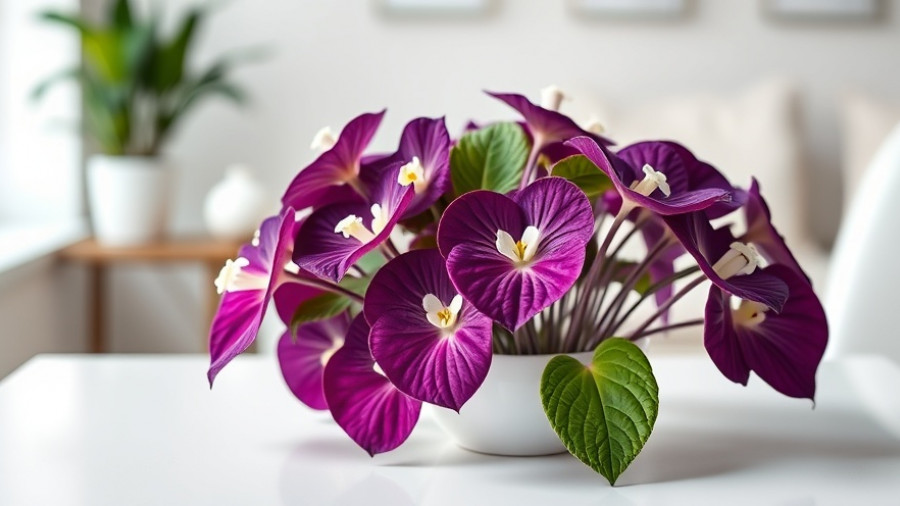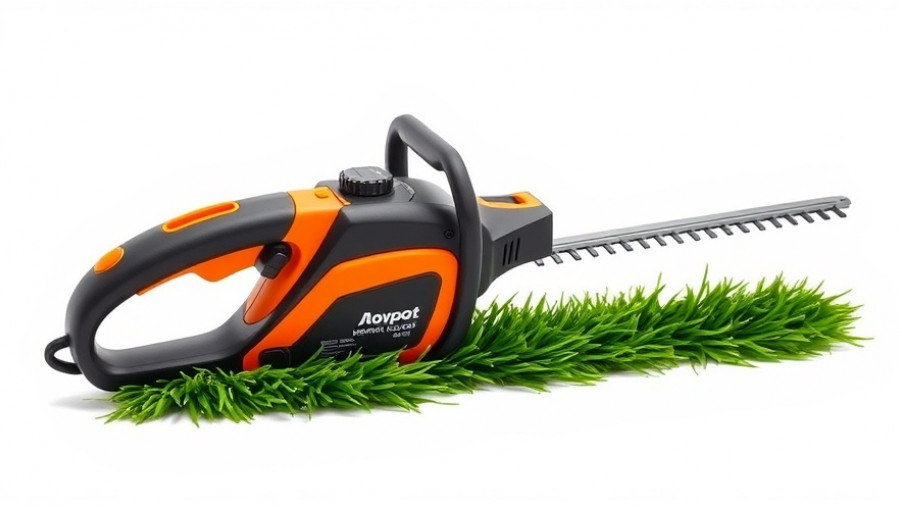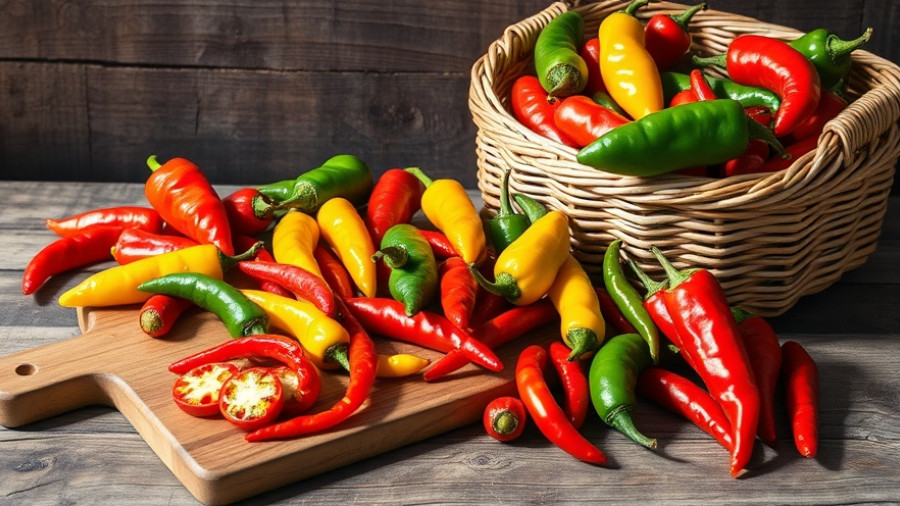
Unlocking the Hidden Delights of Indoor Edibles
Imagine stepping into your living room, a space filled not just with aesthetic beauty, but also brimming with potential snacks. If you’ve ever taken a closer look at the leaves of certain houseplants, you might be surprised to find that many of them are more than just pretty greens. As more people embrace indoor gardening, it’s not just about beautifying spaces but also about leading a healthier lifestyle—even within the confines of a home.
Surprises in Your Houseplants: Edible Leaves
From aromatic bay leaves to the zesty kick of purple shamrock, each houseplant has its own unique character and hidden culinary potential. These plants pack a nutritional punch and transform ordinary meals into extraordinary culinary experiences. Each edible leaf has its own distinct flavor profile, making them versatile ingredients in our kitchen.
Expand Your Gardening Palette: The Best Edible Houseplants
With the onset of a green lifestyle, being selective about indoor plants has become more important than ever. While traditional herbs like basil and thyme are staples, there are diverse options that can invigorate your diet:
- Bay Laurel: These glossy leaves are not just showpieces; they're a flavor powerhouse in stews and sauces.
- Purple Shamrock: With a delightful lemony zest, these leaves can add a refreshing twist to salads and cocktails.
- Curry Tree: The aromatic leaves of the curry tree bring authentic flavor to dishes from the Indian subcontinent.
- Spinach and Kale: Nutrient-dense and easy to grow, these leafy greens thrive indoors and deliver essential vitamins.
Nurturing Your Edible Collection
Fundamentally, growing edible plants indoors requires some thought on soil composition, light, and watering schedules. Most of these plants prefer loamy soil and must have adequate sunlight—generally 4 to 8 hours daily is ideal, depending on the plant species. Knowing the growth requirements is key; many of these plants, like spinach and kale, make for great companions, thriving side by side.
Health Benefits and Nutritional Boost
The choice to grow edible plants indoors isn’t purely culinary. Health benefits abound as well; many of these plants can help improve air quality and enhance your overall well-being. As a bonus, freshly picked greens offer nutrients that are often lost in store-bought produce. For example, spinach and kale are rich in vitamins A, C, and K, while bay leaves introduce antioxidants into your diet.
Culinary Creativity: Practical Uses of Edible Leaves
Your culinary creativity doesn’t stop at simply tossing fresh leaves onto a plate. Here’s where the fun begins:
- Garnishes: Use purple shamrock leaves to garnish cocktails or salads, impressing your guests with a splash of color and flavor.
- Flavor Infusions: Bay leaves are perfect for simmering in your favorite stews for elevated flavor that’s subtle yet impactful.
- Innovative Recipes: Incorporate these leaves into pestos, wraps, or even smoothies for an unexpected nutritional boost.
Facing the Challenges of Indoor Gardening
Like any gardening method, indoor growing comes with its challenges. Temperature fluctuations, improper watering, and pests can lead to struggles. However, raising edible plants indoors creates not just culinary delights but also can serve as a therapeutic activity, providing an opportunity for mindfulness and relaxation.
Conclusion: A Flavorful Future Awaits
As you embark on your journey to incorporate edible leaves into your home, remember that each plant has its personality and growth needs. Embrace the challenge and delight in the unbeatable flavors these houseplants contribute to your life. It's more than just decoration; it's about creating a sustainable lifestyle right within your walls. Consider cultivating a diverse indoor garden filled with fresh greens that don’t just brighten your space but also nourish your body.
Ready to dive into indoor gardening? Get inspired, start small, and enjoy the rewards that come from cultivating your own houseplant treasures.
 Add Row
Add Row  Add
Add 




Write A Comment